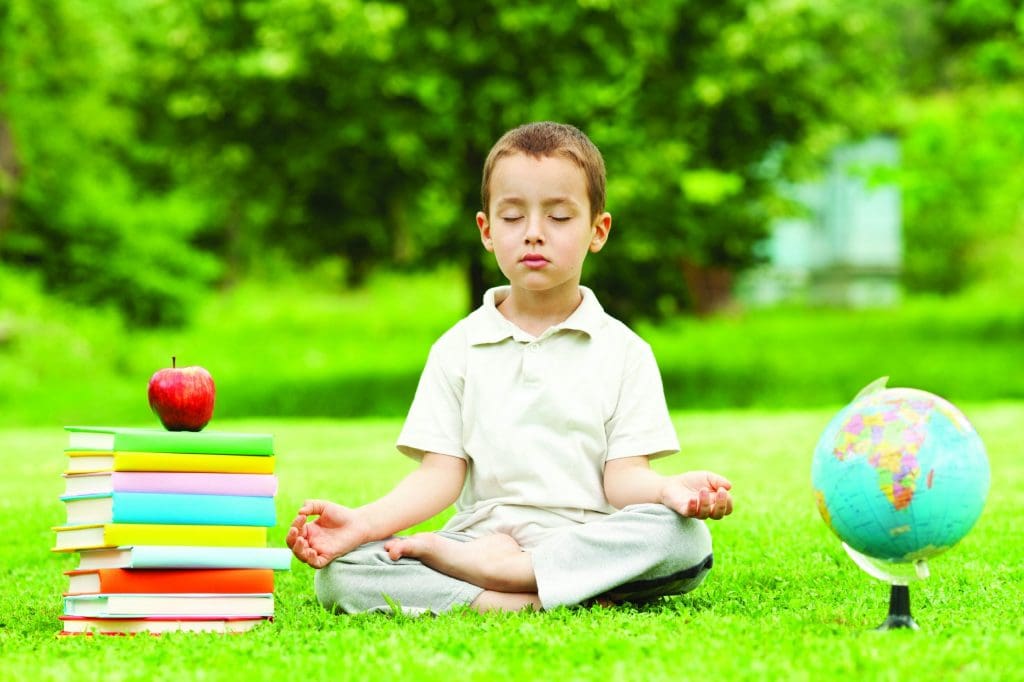By Dr. Nirmala Krishnan
General Manager ( Academic Excellence ) at JSW FOUNDATION. JINDAL GROUP

As a primary class teacher when you enter a class, generally students rush saying – Teacher she is pinching me, he has just punched me, she has pulled my book and thrown away, he pulled by hair, she is not returning my pencil, he has scribbled on my textbook, she has spilled all water in my bottle on my desk…..and many more.
If you are or have been to a primary class, this sounds familiar. These are behavioural issues which we address by counselling and asking them to apologise or draft rules and post on the wall. What happens when this is repeated by a student causing physical injury and emotional damage to classmates on a regular basis? We send them to the Principal who fixes an appointment with the school counsellor followed by parents counselling.
The behaviour may subside temporarily and then continue later. An interesting way to handle this was tried and shared by Robert W. Coleman Elementary School in West Baltimore where these students were not sent to the Principal. They were sent to the MEDITATION room. (This is not the regular Yoga class). A student shared that when he was into name-calling and pushing he was sent to meditation room where he did some deep breathing, had a little snack, and got himself together and later apologised to his class.
This room is called “Mindful Moment Room” with brightly lit space, purple floor pillows, yoga mats and scents of lavender. The staffs here say it helps students build an ability to be mindful and calm.
Andrez Gonzalez, Co-Founder Holistic Life Foundation says, “…with anger, stress, frustration your heart rate increases and if you are able to use your breathe to slow everything down you are not as impulsive, you are not as reactionary, and you are able to respond to whatever scenario happens around us” and this has helped students overcome disruption in a natural way.
A fifth-grade boy when sent to Foundation staff member Michelle Lee he instructed the boy to shut his eyes and take several slow, deep breaths and then asked him “Do you feel calmer?” The boy responded “Yes”. He is then sent back to his class. At times this is all it takes for a primary grade student to correct themselves. Once this is practiced on a daily basis, with challenges of students who may find it difficult to sit calm for even a half a minute this can help them transform for life.
Meditation centre is no miracle cure for students who are disruptive however; this can help address issues in a more positive way than detention or suspension. The schools can start and close each day with 5 minutes of deep breathing exercises in the morning assemble or when they reach their classes though PA systems. And set up a Mindfulness room in their school.
Tamar Medelson, an associate professor at the Johns Hopkins Bloomberg School of Public Health who specialises in mental health says, “These kids who are dealing with high-stress situations a lot of the time are coming into school on high alert. Their body’s alarm system is switched way on, so they may be primed for fight or flight and not able to sit calmly and pay attention.” Thus these practices can help in tuning them towards mindfulness.
We have been part of a country (India) where meditation and yoga is practiced as a culture at homes. When we extend this in an organised manner in schools the future generation will benefit as this can address many behavioural issues, improve focus on academics and empower students to handle situations with pliability.
We can thus have classrooms where they will display the white flag in action and grow up in a world where there are less conflict and more resilience.


